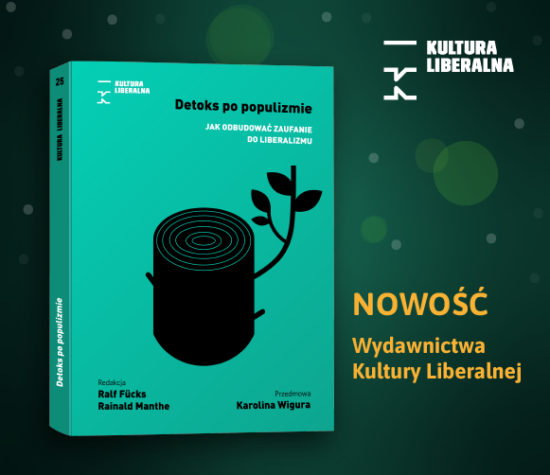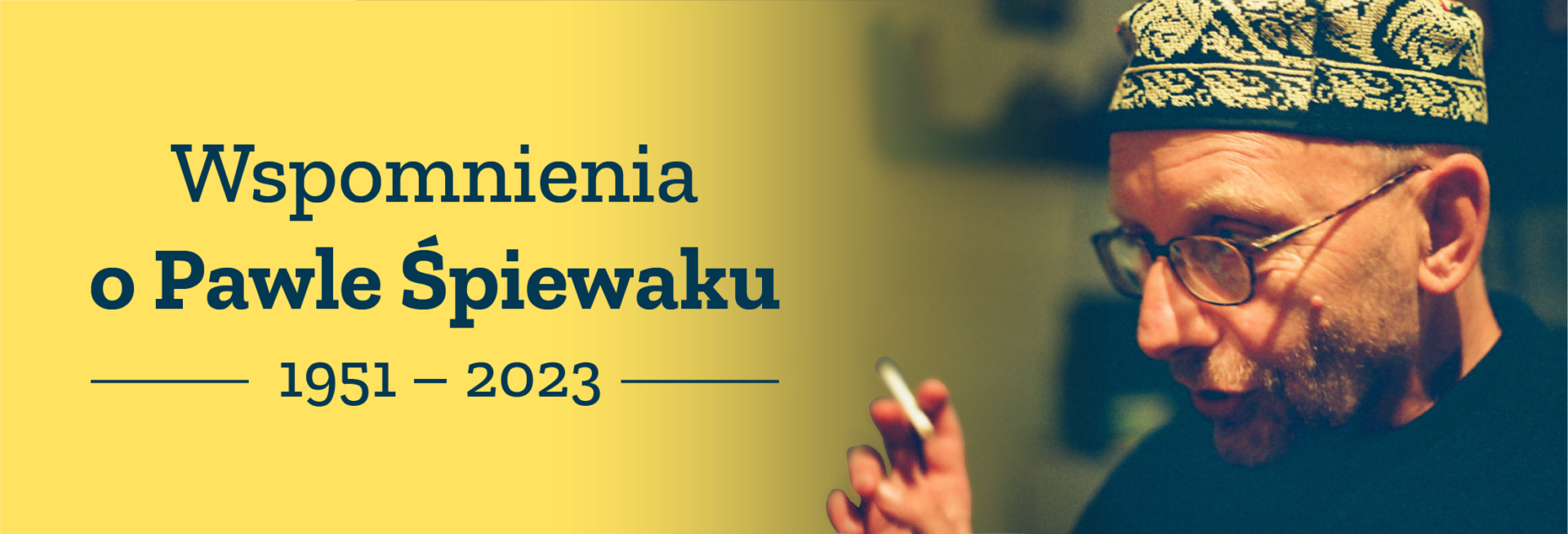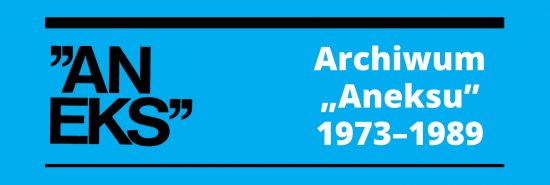KULTURA LIBERALNA > Smakując > BOWMAN: Color in...
BOWMAN: Color in blanc de noirs
Sharon Bowman
Color in blanc de noirs
At a recent day of tasting in the small Loire village of Valaire, I joined champagne vigneron Olivier Collin at a table full of Italian wines. The Roagna lineup included a white, „Solea,” that was mostly chardonnay, but which included a certain amount of nebbiolo in the blend (about 25%). Olivier Collin asked Roagna about its color, which to the naked eye was indistinguishable from the color an unblended chardonnay would have. As they discussed the way the nebbiolo grapes were handled, I started to think about color in champagne.
Olivier’s own pinot noir, the Ulysse Collin Blanc de Noirs, is an uncommon treat. But despite the „blanc” part in its title, it is nearly pale pink in color. I first tasted the 2005 a year ago at the domain, and the vigneron had been considering calling it a rosé, then. (Or at least he referred to it as „the rosé.”) But now it was slightly attenuated in tone, and while with time it has evolved into a lovely drink, it bucks the tradition of lily-white blanc de noirs in its unabashed and very natural tint.
Two questions arose in my mind: (a) why do makers of champagne want their blanc de noirs to be white? and (b) how do they get it that way?
Apparently, adding lees from chardonnay is one of the little rabbits in that magic-trick hat. Another is using activated carbon to strip out the color. This is not a happy thing for the finished wine, as far as taste nuances go, though.
Which made me muse on why it was so important to get the stain out. Why the search for whiteness? Whence tint as anathema?
Tasted that same day, a „gris” of pineau d’Aunis from Catherine Roussel and Didier Barouillet of Clos Roche Blanche was just a drop of pomegranate juice in a barrel’s worth of off-white. Yet it is „the rosé.”
At what point, then, does a wine become rosé? Is it a question of its taste, or of its color? Or of our perception of it?
I may need to pour some Ulysse Collin as I ponder this.
Or some Clos Roche Blanche.
* Sharon Bowman, bloggerka, znawczyni wina.
„Kultura Liberalna” nr 58 (8/2010) z 23 lutego 2010 r.
Skoro tu jesteś...
...mamy do Ciebie małą prośbę. Żyjemy w dobie poważnych zagrożeń dla pluralizmu polskich mediów. W Kulturze Liberalnej jesteśmy przekonani, że każdy zasługuje na bezpłatny dostęp do najwyższej jakości dziennikarstwa
Każdy i każda z nas ma prawo do dobrych mediów. Warto na nie wydać nawet drobną kwotę. Nawet jeśli przeznaczysz na naszą działalność 10 złotych miesięcznie, to jeśli podobnie zrobią inni, wspólnie zapewnimy działanie portalowi, który broni wolności, praworządności i różnorodności.
Prosimy Cię, abyś tworzył lub tworzyła Kulturę Liberalną z nami. Dołącz do grona naszych Darczyńców!
PRZECZYTAJ INNE Z TEGO NUMERU
KOMENTARZE























